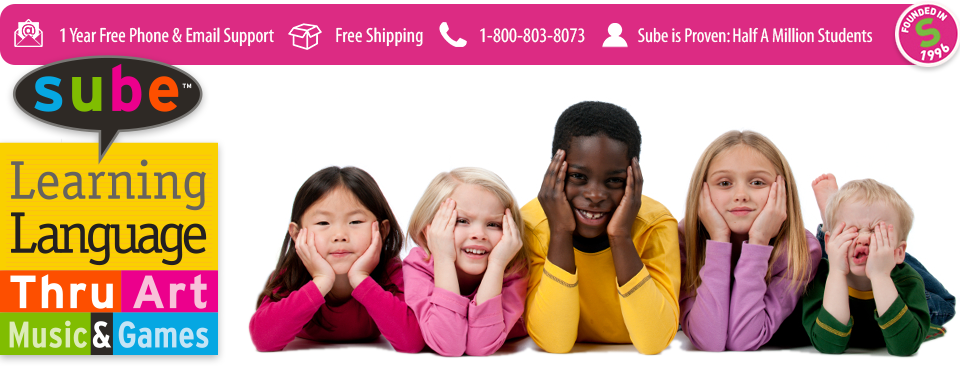
mastery
(Oxford Dictionaries)
I want to start with a bold question...
Is “mastery” an illusion?
Sure, it’s everywhere: in standards, assessments, webinars, training literature, and especially student proficiency. But is mastery (traditionally defined) something we “acquire,” “get,” “achieve,” or “arrive at”?
In a recent article for ASCD’s Educational Leadership, “Five Musts for Mastery,” Catlin Tucker, a 9th and 10th grade English language arts teacher and author of Blended Learning in Grades 4–12: Leveraging the Power of Technology to Create Student-Centered Classrooms, answers all those questions with a resounding, “No.”
 However, rather than abandoning the term, Tucker offers Daniel Pink’s revolutionary definition of mastery from the book Drive: The Surprising Truth Behind What Motivates Us:
However, rather than abandoning the term, Tucker offers Daniel Pink’s revolutionary definition of mastery from the book Drive: The Surprising Truth Behind What Motivates Us:
Mastery is “the desire to get better and better at something that matters.”
The two most important words in that definition (especially from an educational perspective) are obvious: (1) desire and (2) matters.
Mastery isn’t about the destination; it’s about the journey.
Mastery is about fueling our students’ desire for the journey as well as convincing them that the journey itself (and not just the end results) really matters.
This is all the more true for 21st century learning: how our students learn and their ability to learn are far more important than what they learn.
After all, “Education is the kindling of a flame, not the filling of a vessel” (Socrates).
To that end, Tucker presents five “musts for mastery” and offers hands-on technology tips to make each one a reality.
To simplify things, we’re going to focus on her first three.
1. Creativity and Play
“Work” is a four-letter word.
“This word,” writes Tucker, “does not have positive connotations for most students.... Students have done a lot of work in school—and it isn’t fun.”
And yet, the road of mastery requires work. Hard work. So what’s the solution?
The answer is creativity and play. In particular, creativity and play that is native to your students’ real-world environments. In other words, technology.
By dressing up your class work in the clothes of apps, gadgets, activities, and games, you meet your students where they’re at and invite them into a learning process that’s adventurous and fun, not rule-based and grueling.
The two examples Tucker presents are:
- Socrative.com – Socrative is an interactive, “student response system” that allows your class to answer questions as part of a “group competition.” Tucker describes framing her assessments as a class-wide spaceship race, but the possibilities for application are endless.
- Instagram Scavenger Hunts – Whether in or outside the classroom, utilizing Instagram via you or your students’ smart phones is a fun and interactive way to incorporate a powerful Tech Tool into vocabulary acquisition.
 The centrality of creativity and play in foreign language learning is what led me to develop my first eBook, ESL Games for 21st Century Brains: 40 ESL Classroom Games to Teach English thru STEM + Art. Check out the preview over at Amazon.
The centrality of creativity and play in foreign language learning is what led me to develop my first eBook, ESL Games for 21st Century Brains: 40 ESL Classroom Games to Teach English thru STEM + Art. Check out the preview over at Amazon.
On a side note, I try to avoid the word “work” as much as possible for the very reasons Tucker mentions.
Even words that sound like work are at times unnecessarily discouraging.
My favorite work-word to avoid is “exercise.” Whenever I hear someone say, “Okay class, today’s exercise…” I immediately think they’re about to forcible administer educational push-ups… or something else strenuous, exhausting, and patently not fun.
Instead, I intentionally employ words that naturally associate with creativity and play, words like activities, games, projects, experiences, and experiments.
2. Student-Centered Learning
“It’s crucial,” Tucker explains, “that teachers begin to shift the flow of ideas [and even the layout of the classroom itself] to create a learning community in which all members of the class are valued participants who actively contribute to the collective intelligence in the room.”
Technology used well and wisely is a perfect antidote to teacher-centrism, especially “back channels.”
What’s a technological “back channel”?
Opposed to both the old, 20th century teacher-centered model in which students are passive recipients along with the well-intentioned Socratic model where “class discussions” quickly divide students into talkers (the extroverts) and listeners (the introverts), “back channel tools” like Facebook and Twitter invite everyone to participate actively and (above all) safely.
Here’s one of our own, personal favorites...
Twitter Post-It Board
The next time you pose a discussion question to your class, instead of jumping right in and making students answer on the fly, which does of course work great for conversational, one-on-one activities, slow things down and...
- Post the question onto your class Facebook or Twitter account.
- Then, give students a chance to respond: usually 2-5 minutes.
- The more digital their response, the better. Ideally, this would the perfect time to utilize your students’ smart phones or your school’s computer lab.
If technology access is a problem, then simply turn your board into a real-world Twitter feed using Post-Its.
Remember to make your students stick (pun intended) to Twitter’s 140 character-limit and encourage them to “comment” and create “threads.” You might even draw up some hashtag (#) column for thematic responses.
The really wonderful thing about “comments” and “threads” is that students are focused on what their peers said, and not so much what you said. You still get to set the stage and frame the discussion, while your class gets the freedom to interact and learn from each other.
This leads us directly into the third “must”…
3. The Freedom to Choose
This one Tucker really knocks out of the park, so I’ll end with her:
To read Tucker’s full article, which I highly recommend, click here:
“Five Musts for Mastery.”
